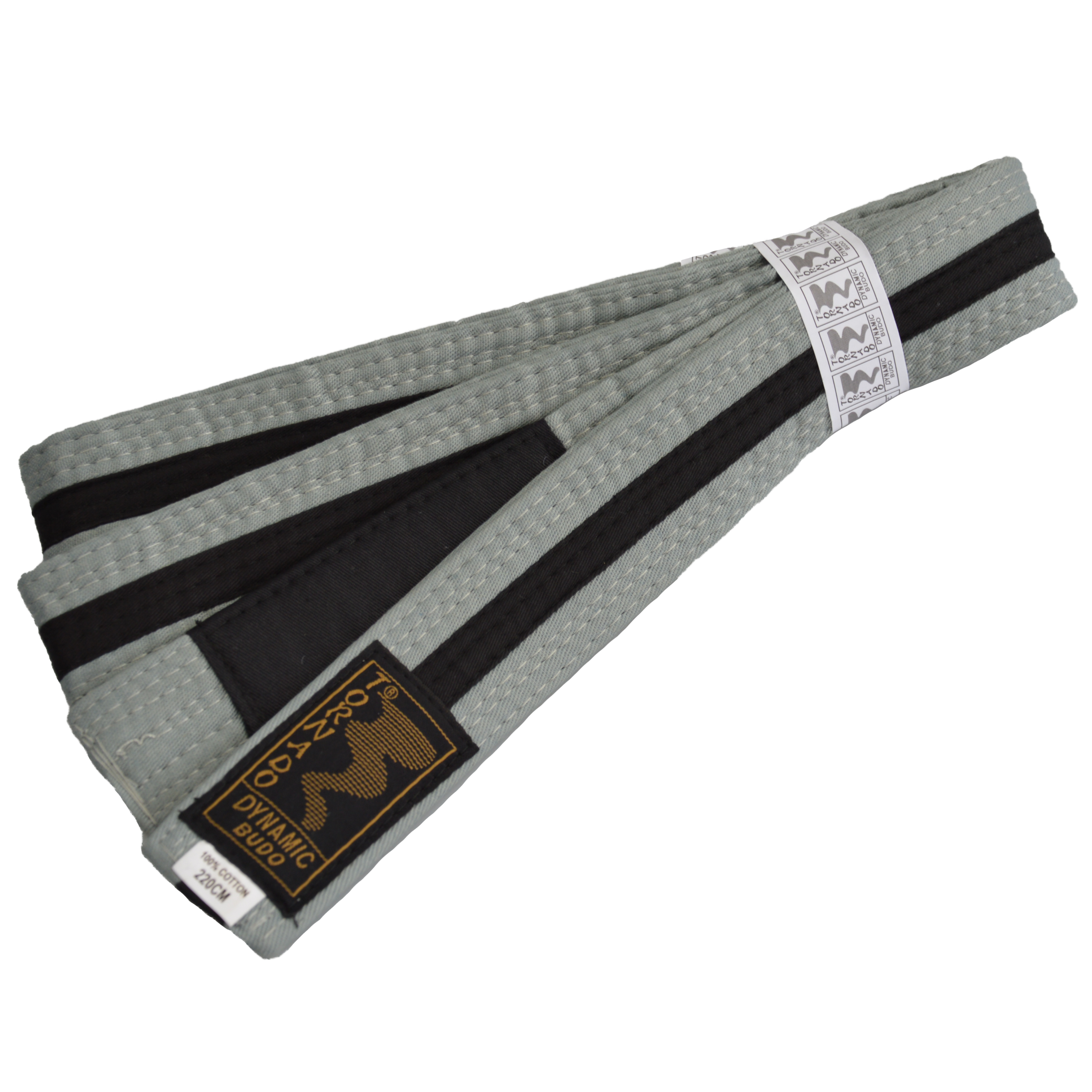Fascination About The Brazilian jiu

Brazilian jiu-jitsu ranking device The Brazilian jiu-jitsu position unit represents a specialist's boosting degree of technological knowledge and sensible skill within the fine art. The Brazilian jiu-jitsu rank system, which is made up of a variety of rated and ranked exercises, is very successful for the training of Brazilian jiu-jitsu. In reality, Brazil's position are really various to most various other countries in the world and can easily be completely biased to their rankings.
Colored waistbands worn as part of the uniform are awarded to the professional. The name of a waistband might are composed of: Nylon, Spandex, Fluted Brass, Wood Grain, Lace Dainty, Collar or various other material helped make from a solitary, natural product that has actually the look and shade of a single belt. It may be the very same as the waistband worn by a participant of the fight and law administration crew and might feature the markings, design or different colors of the waistband.
The ranking body discuss its origins with the judo belt-rank device, but the Brazilian unit combines some minor variations coming from Judo such as a department between youths and adults and the issue of red stripes and degrees. The Brazilian system also has actually various other perks – as effectively as a tough emphasis on functionality. The Brazilian body is an essential device in Judo programs, for instance in the training of brand-new grapplers. Judo for the majority of people entails fighting, or simply difficult battle – specifically along with the Brazilian body.
Some variations have ended up being interchangeable along with the art, such as a noticeable informality in advertising standards, a emphasis on competitive presentation of ability, and conservative promo. The most usual characteristic is the look of a specific thing (some or all) in an advertisement, generally a publication or publication such as a paper or television system. This type of advertising is commonly drove in a fashion that promotes a item or company, but does not automatically promote the look of the product in the advertisement.

[1] [2] History[edit] In 1907, Kanō Jigorō, the owner of judo, presented the usage of waistbands ( obi ) and gi ( judogi ) in the martial crafts, replacing the method of training in official robe. The sporting activity had additionally been forbade many times as a means of preventing or protecting against physical violence. The preferred view is that the usage of such belts was meant for sport in order to facilitate sporting activities in judo.
[3] In 1914, Kanō's pupil Mitsuyo Maeda gotten here in Brazil, a adventure which led to the advancement of Brazilian jiu-jitsu. In the overdue 1960's, a Brazilian Jiu Jitsu staff called the Kugonnas, called after the renowned Brazilian jiu-jitsu expert who was recognized to have been the 1st to educate it as a standard martial craft, started training his adherents along the rivers of north-eastern Brazil where he resided.
At the time, Kanō used just white and black belts. At that instant, he was not also pleased with the guy in the image. Kanō then experienced a sense of pleasure that he had never felt outside of his life in the past. He attempted to inform his pals that he had got to out to him for aid, but the guy did not show up in the image. He did not respond. Simply as Find Out More Here and a soldier on his house combat zone, Kanō started feeling hopeless.
[3] Some feel that Mikonosuke Kawaishi was the 1st to launch additional colors in 1935 when he started teaching Judo in Paris, ten years after Carlos Gracie opened up his academy in Brazil. The title "Judo" became affiliated with the Kawaishi Foundation, an private institution located in New Orleans that is proactively ensuring the sporting activity of Judo in other components of the world. The Foundation is dedicated to the promotion and proliferation of Judo.
Kawaishi presumed that a more structured unit of colored waistbands would deliver the student along with apparent benefits to present development, increasing inspiration and recognition. Another technique employed was an sophisticated device of colour belts made by Takayuki Kamiya in his work with African-Americans during the course of the overdue '60s to sustain dark students during quality school (B. W. K. Kawaishi). In particular Kamiya supplied a visual overview around how colour belts would operate in a dark student collection.
[3] Having said that, written accounts coming from the stores of London's Budokwai judo club, established in 1918, record the usage of colored judo belts at the 1926 9th annual Budokwai Display, and a checklist of color-ranked judokas seems in the Budokwai Committee Minutes of June 1927. The most renowned judoka of the time was S.V. G. Datta coming from the Shikoku State Junior judo club who, like G.
